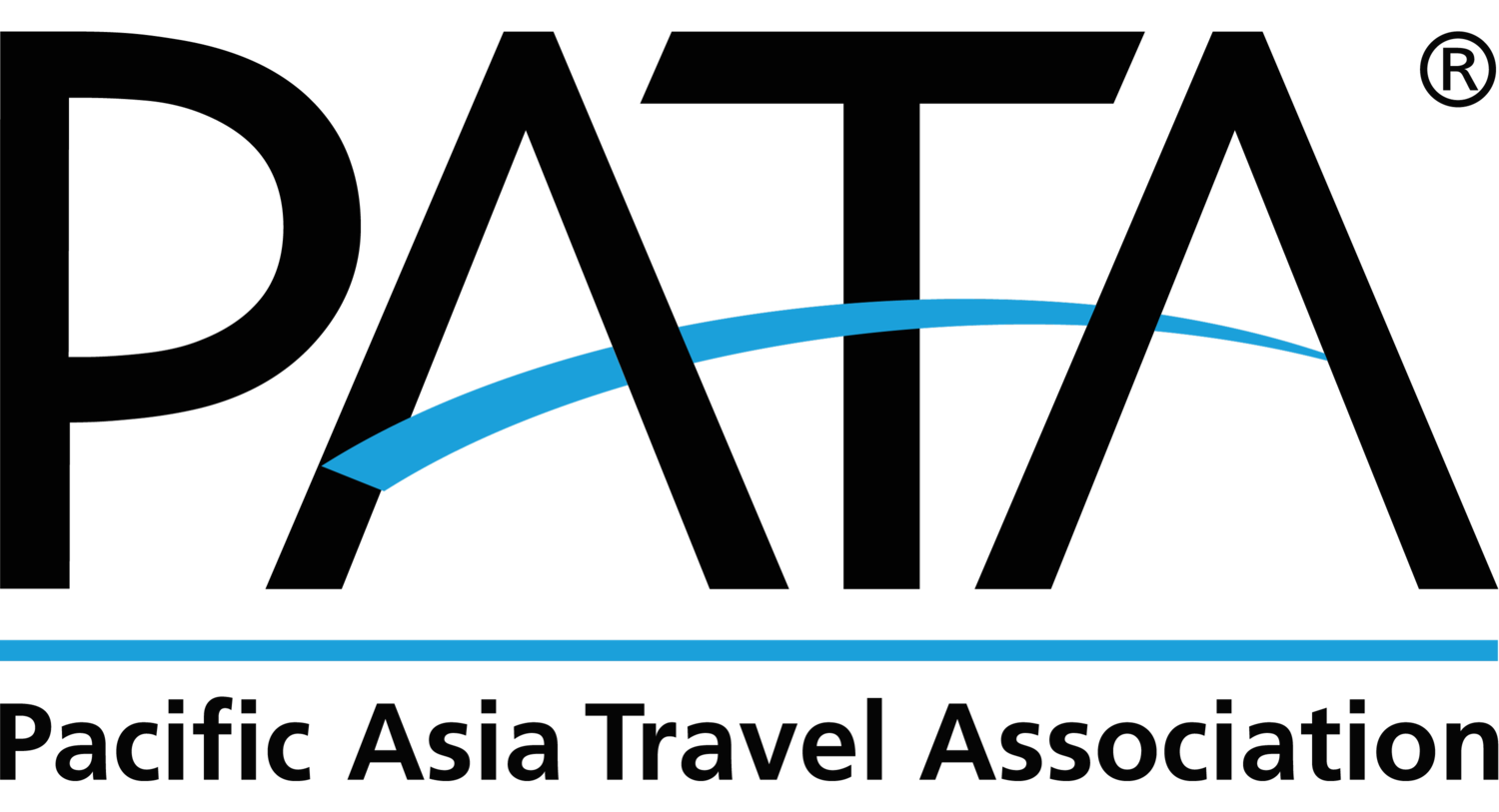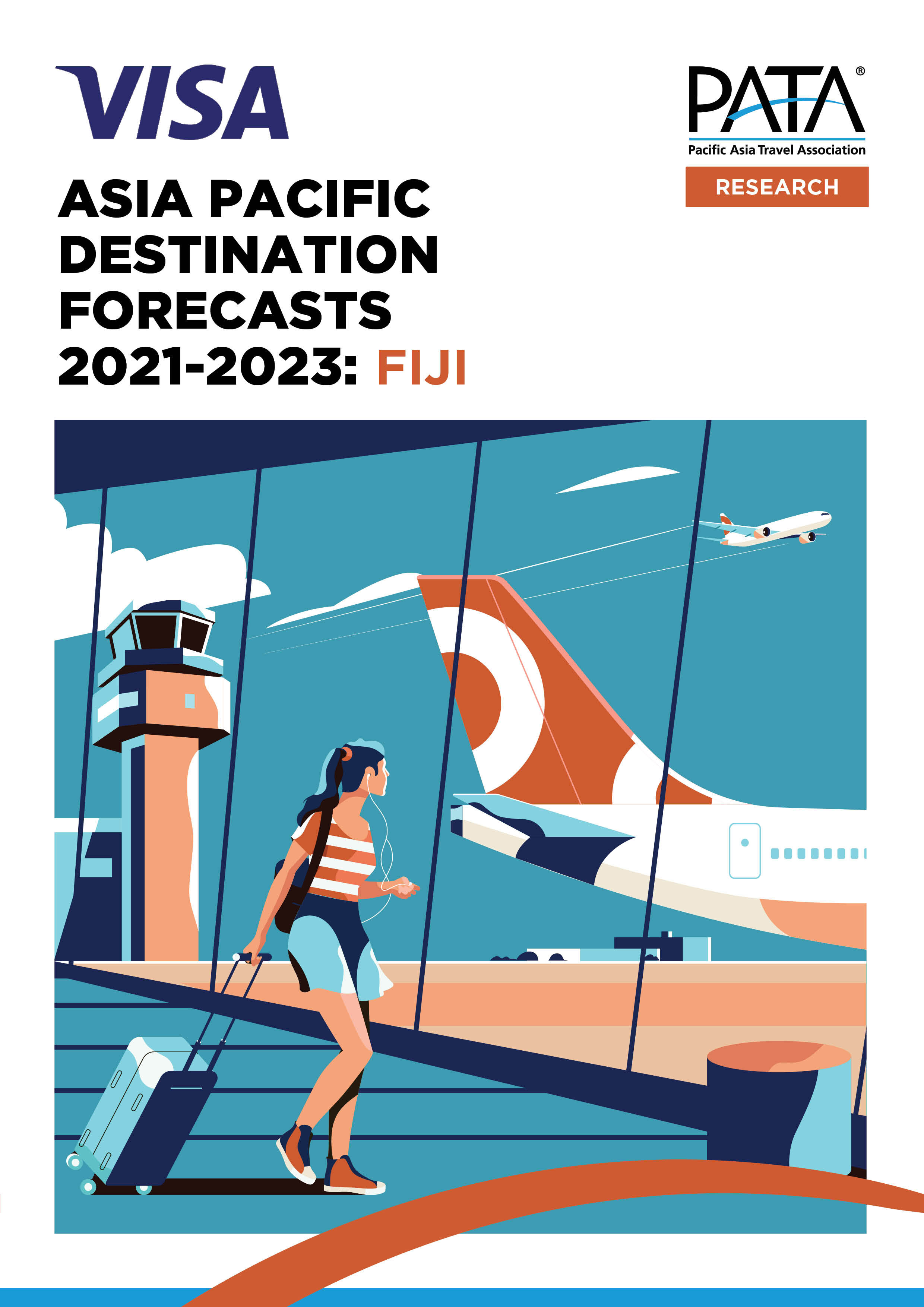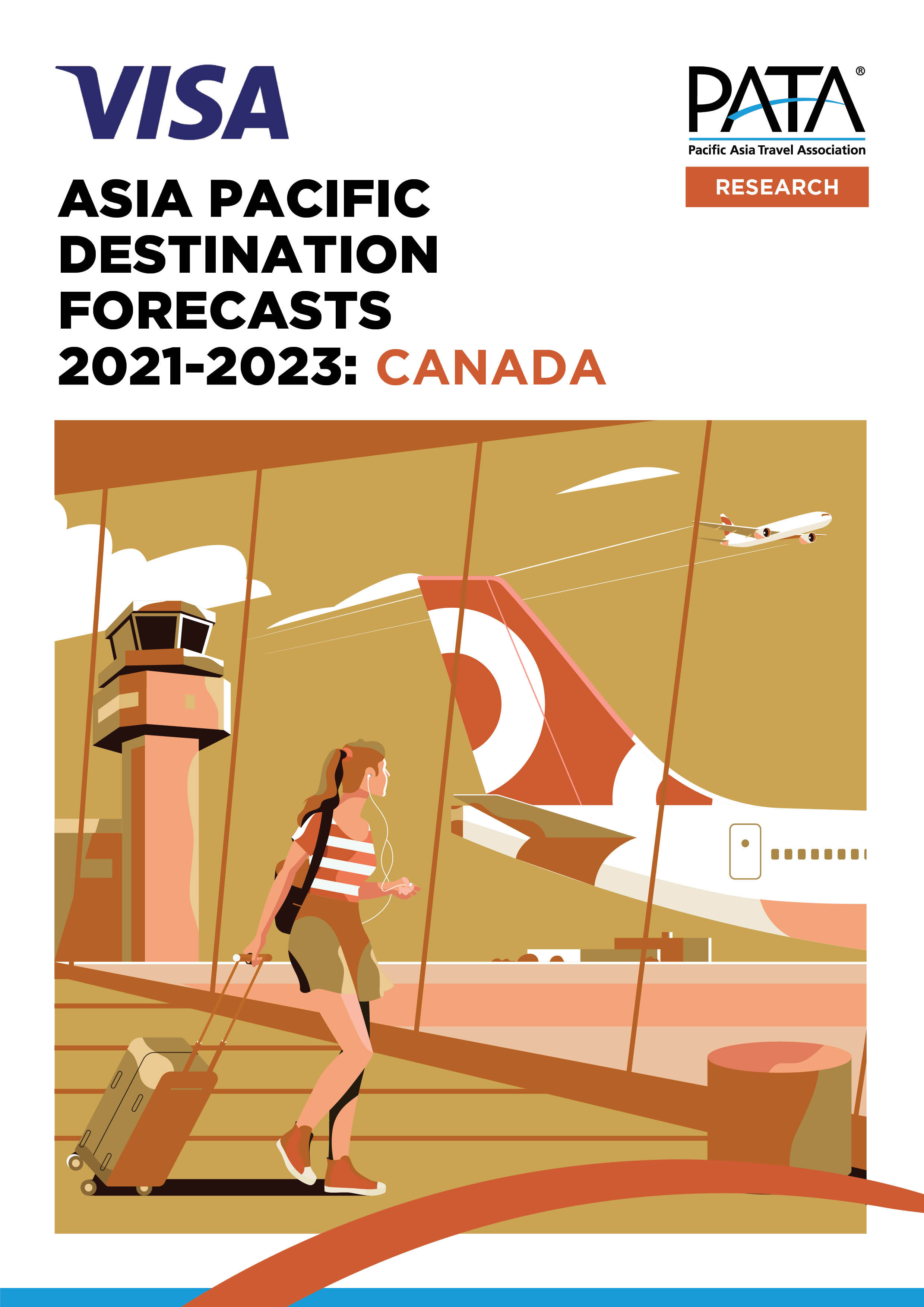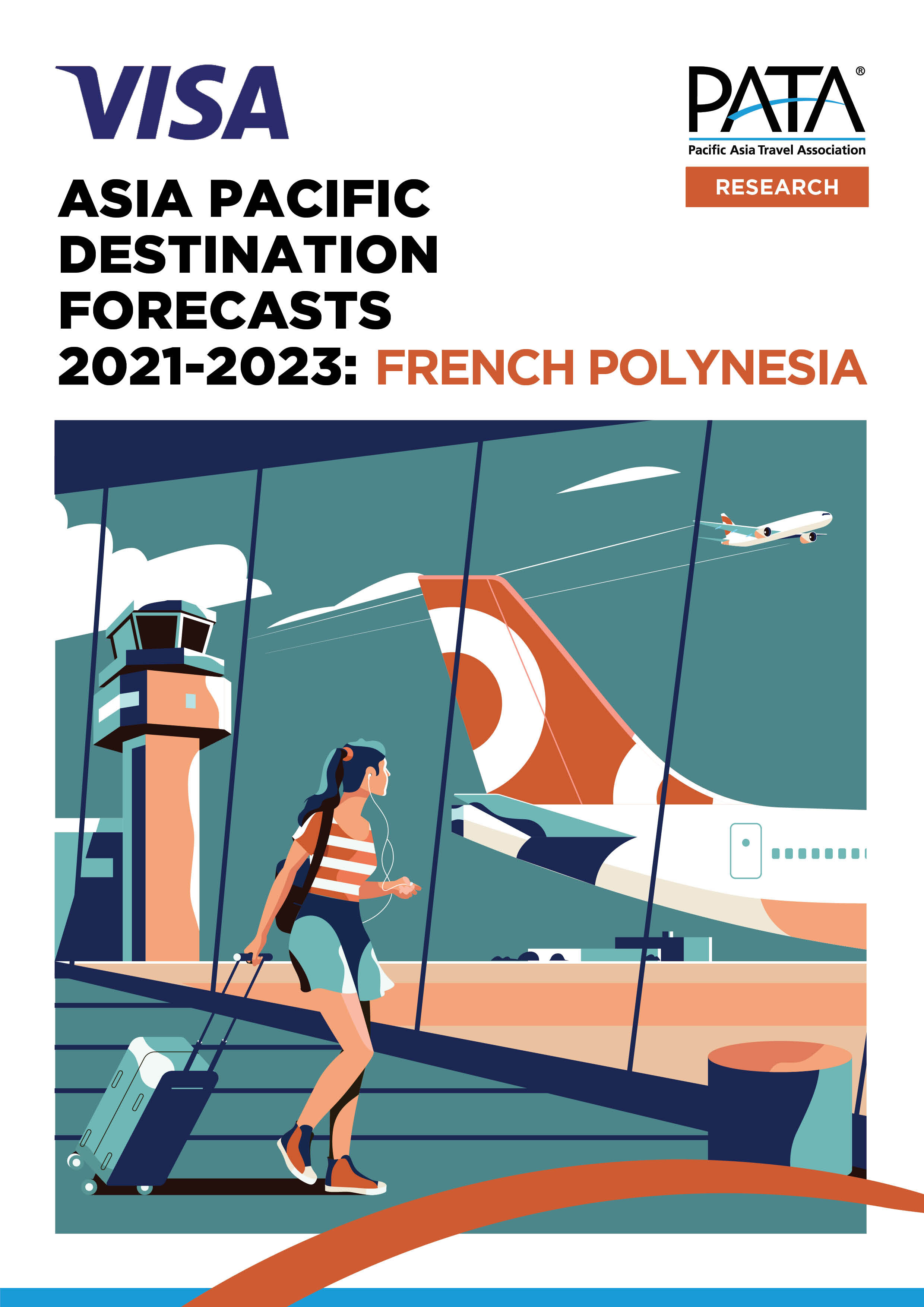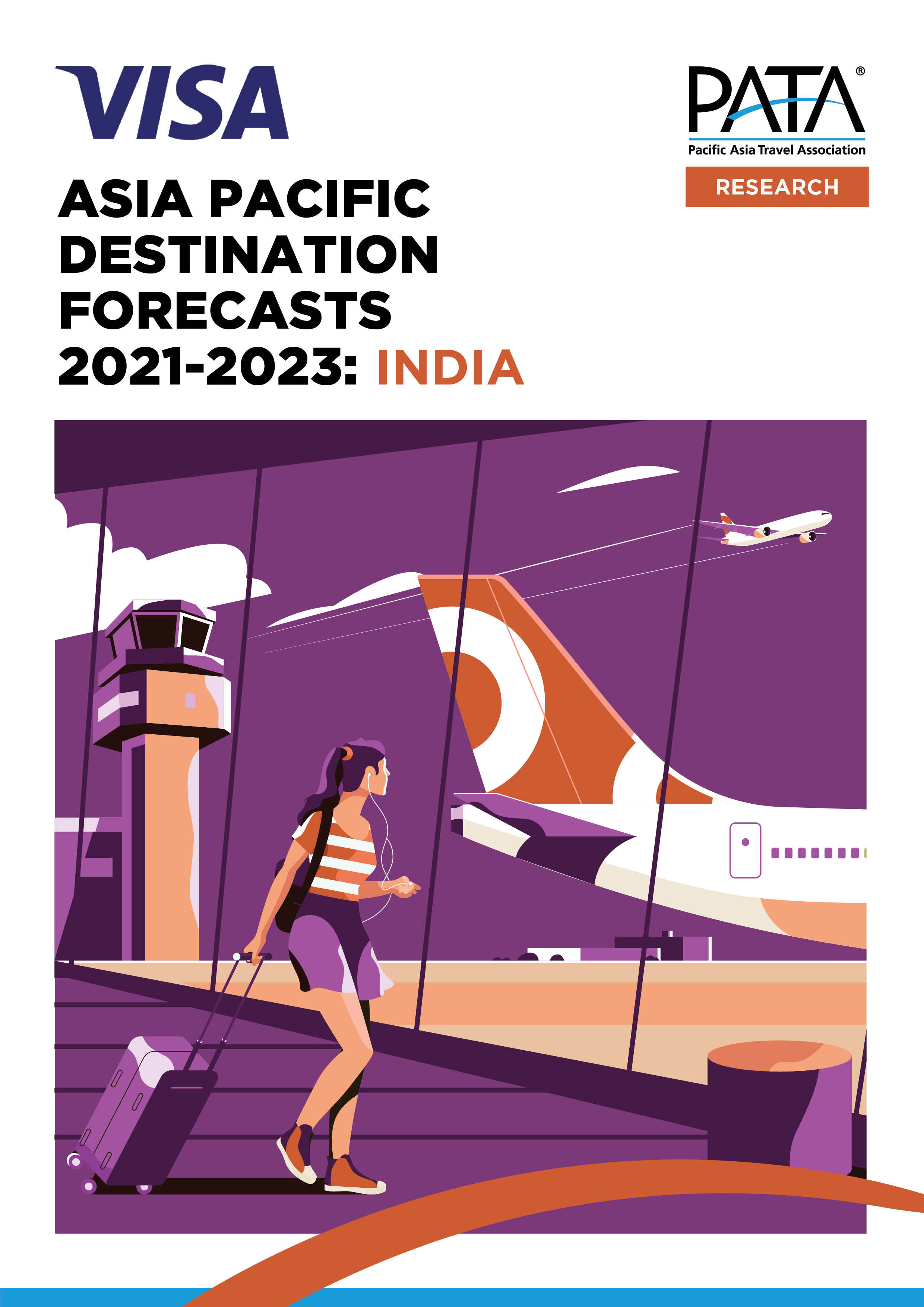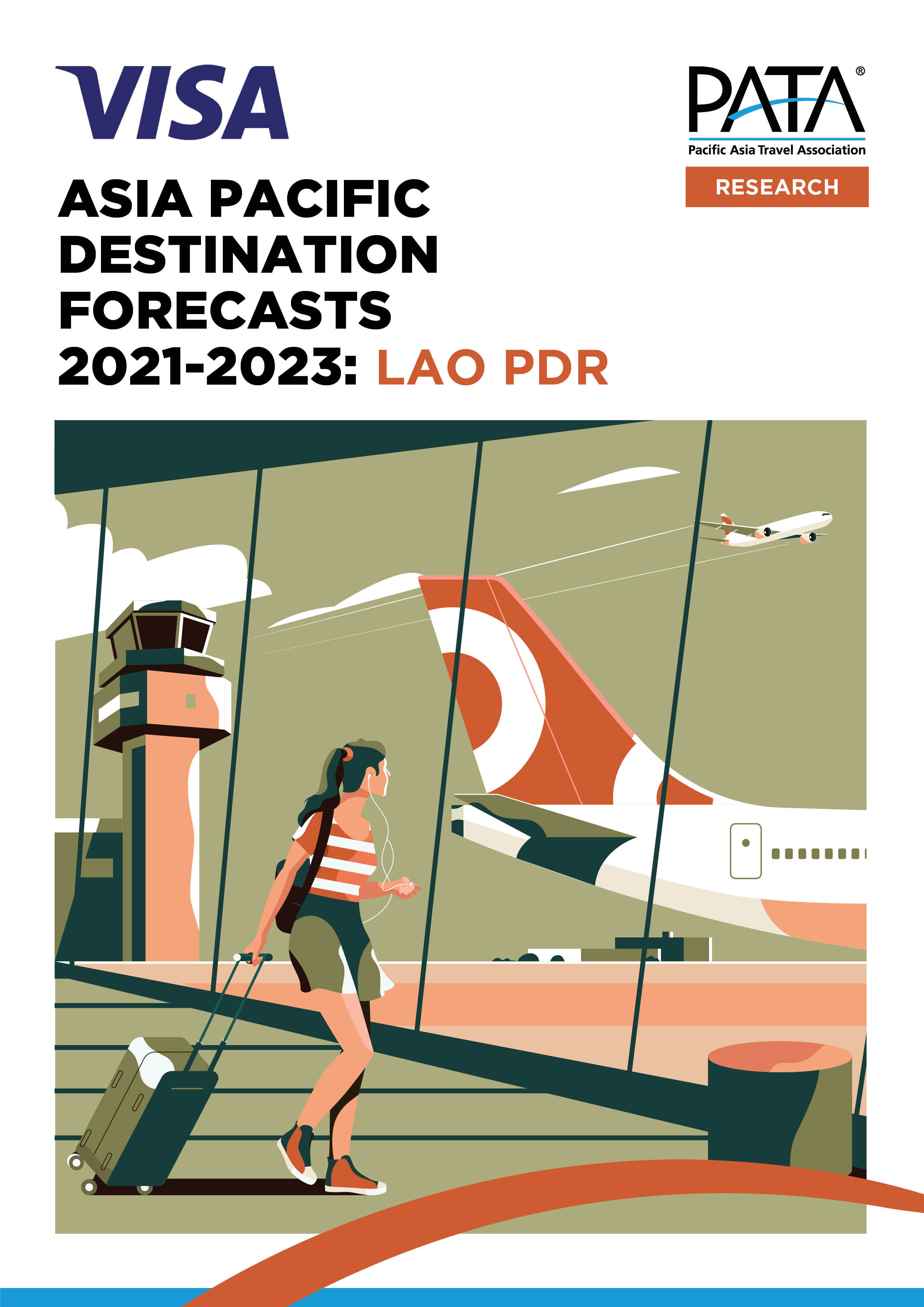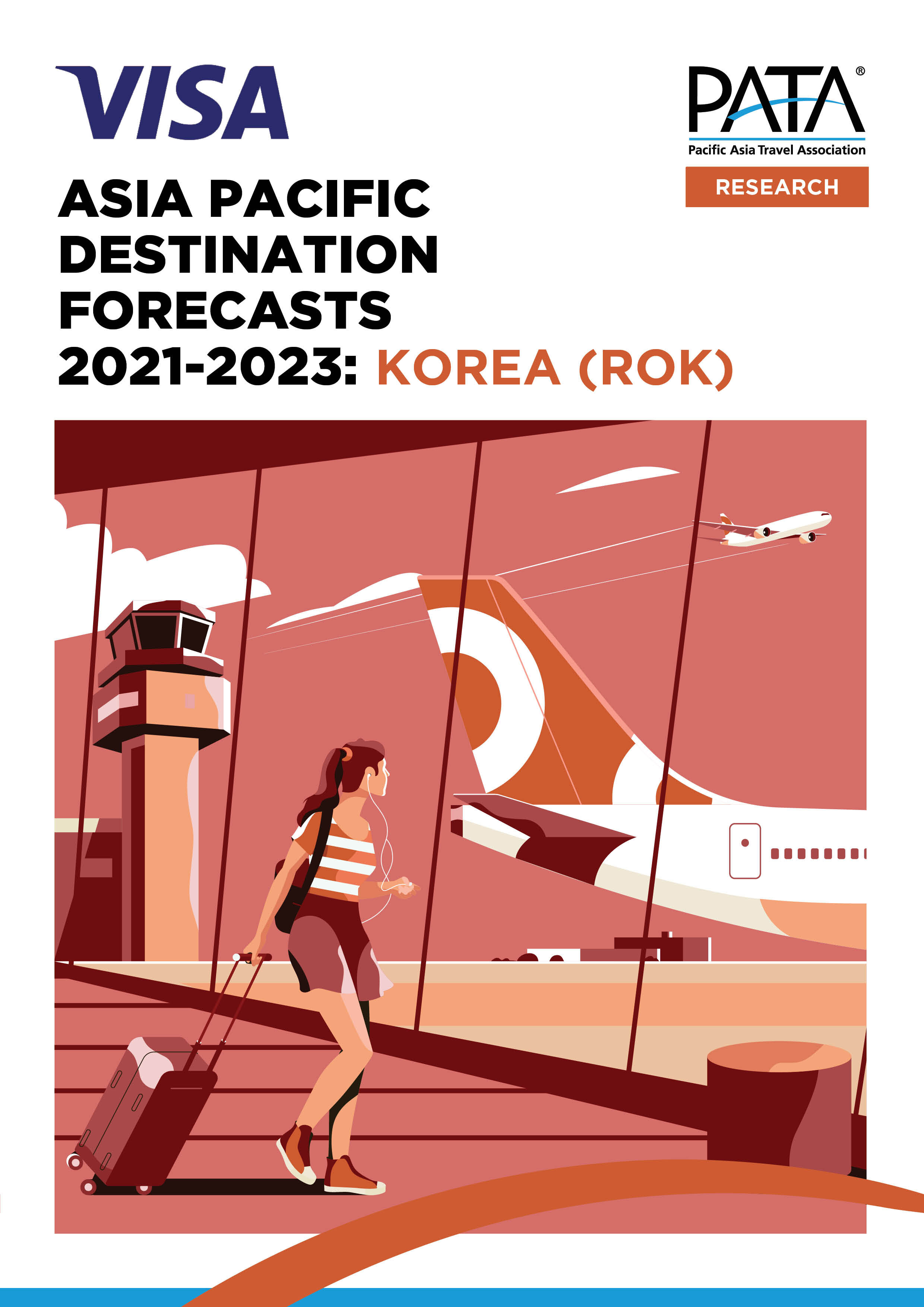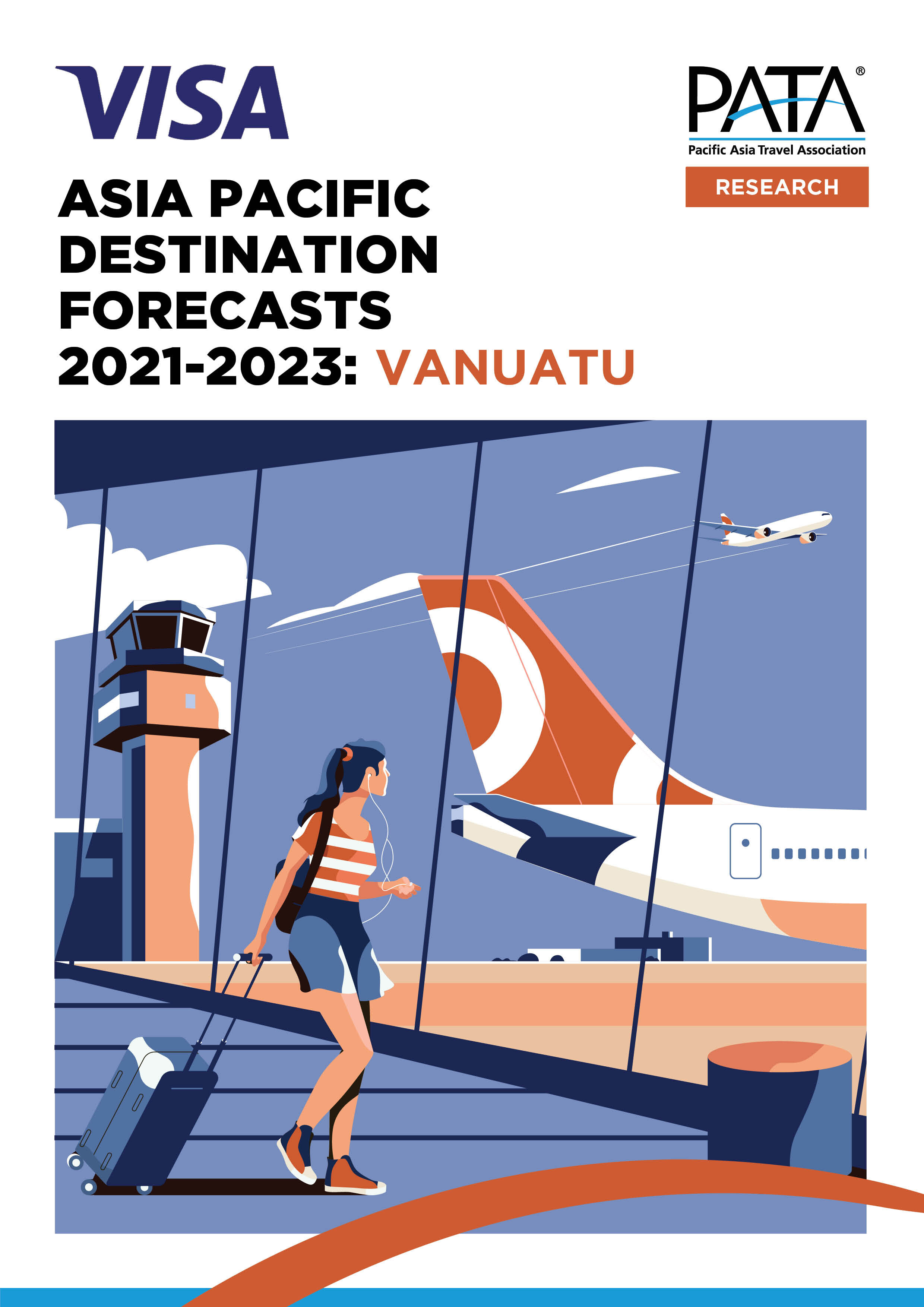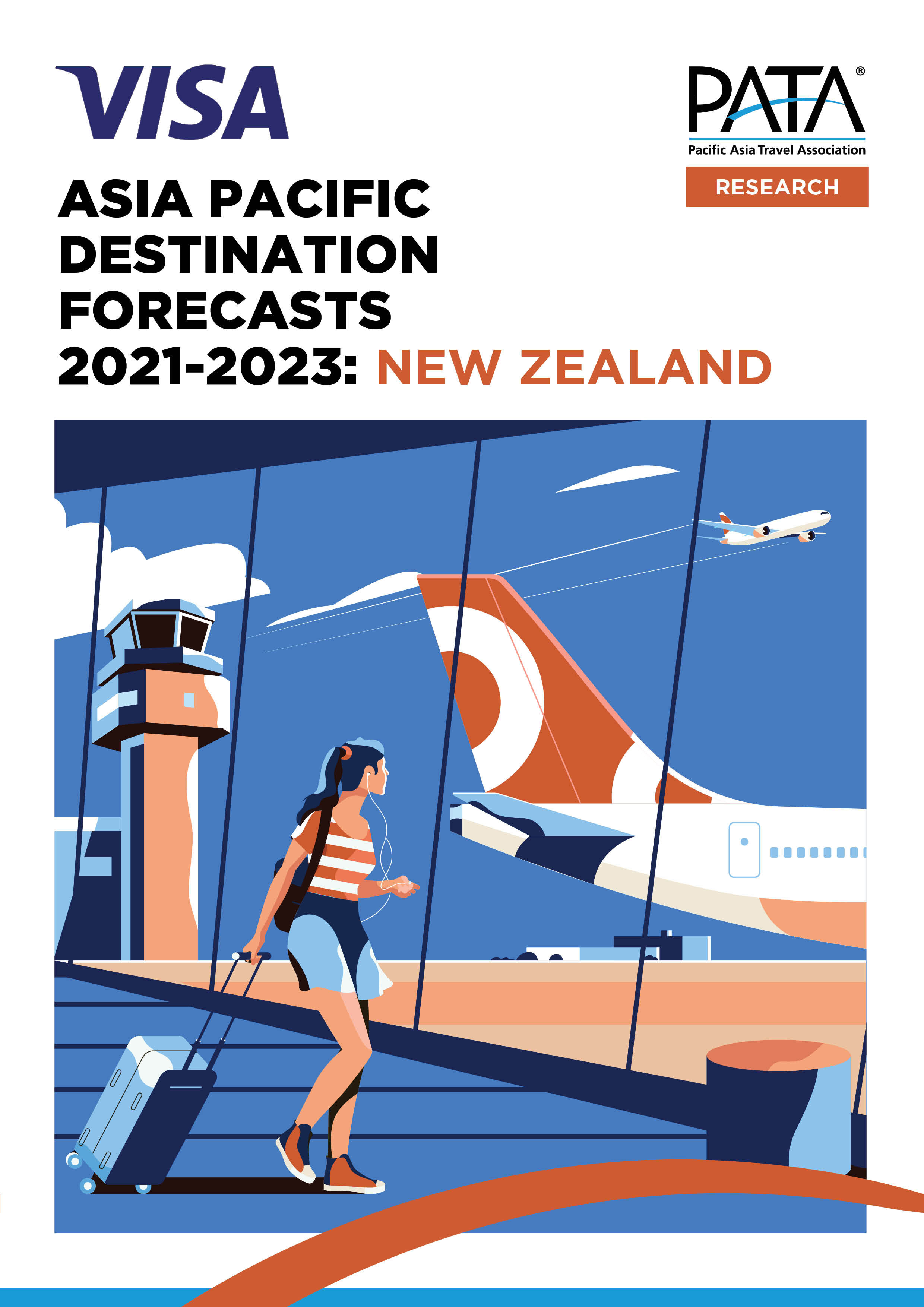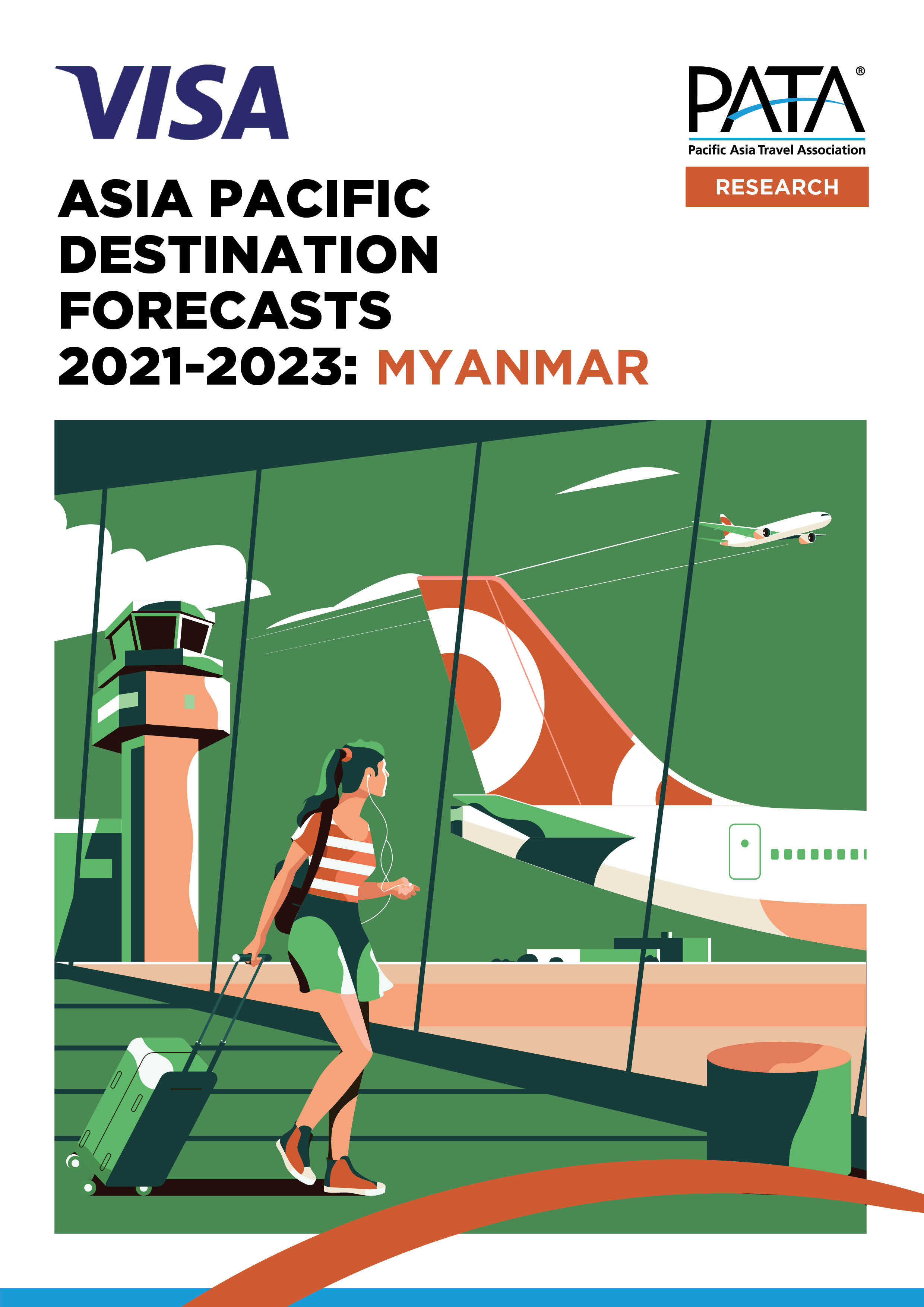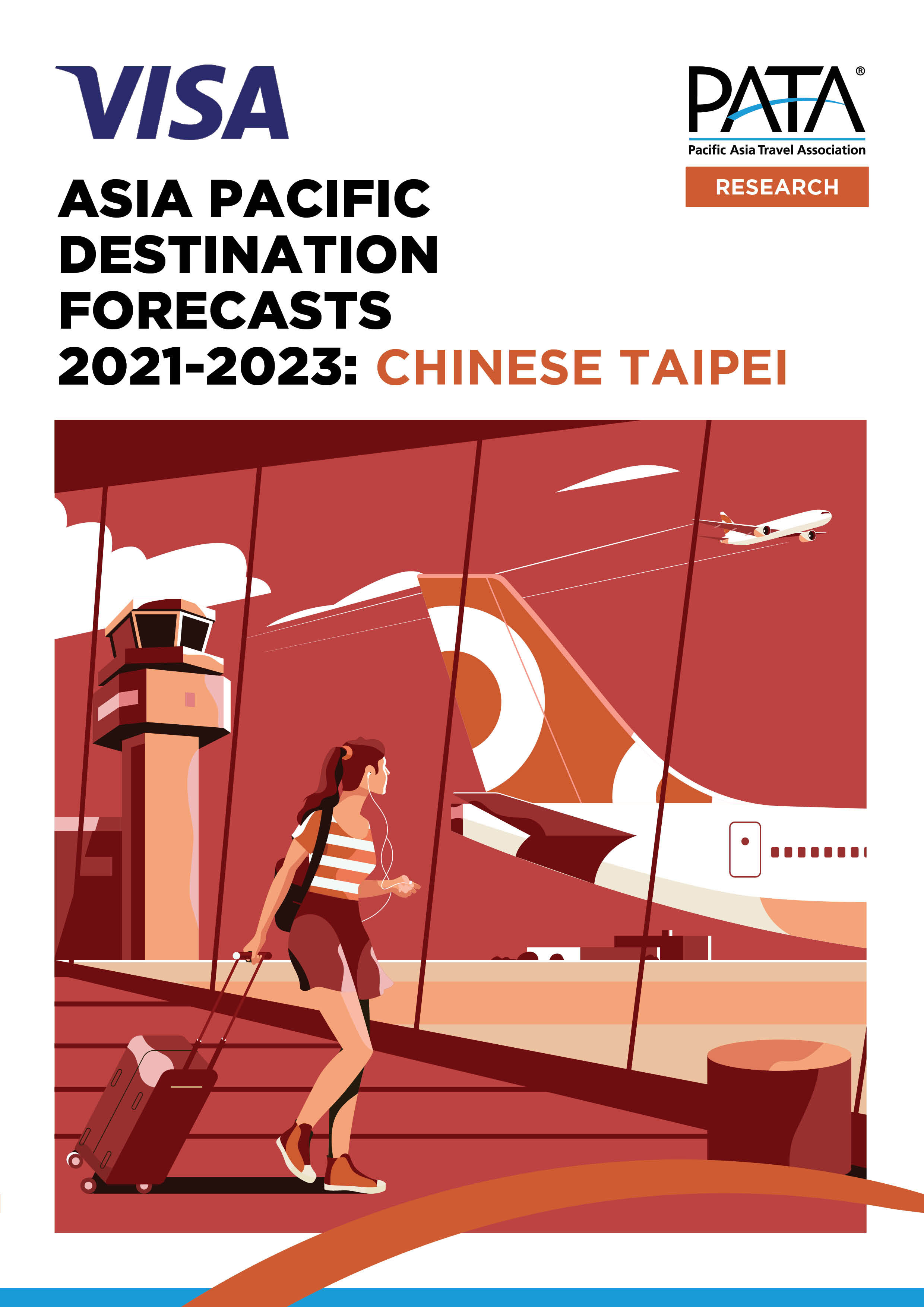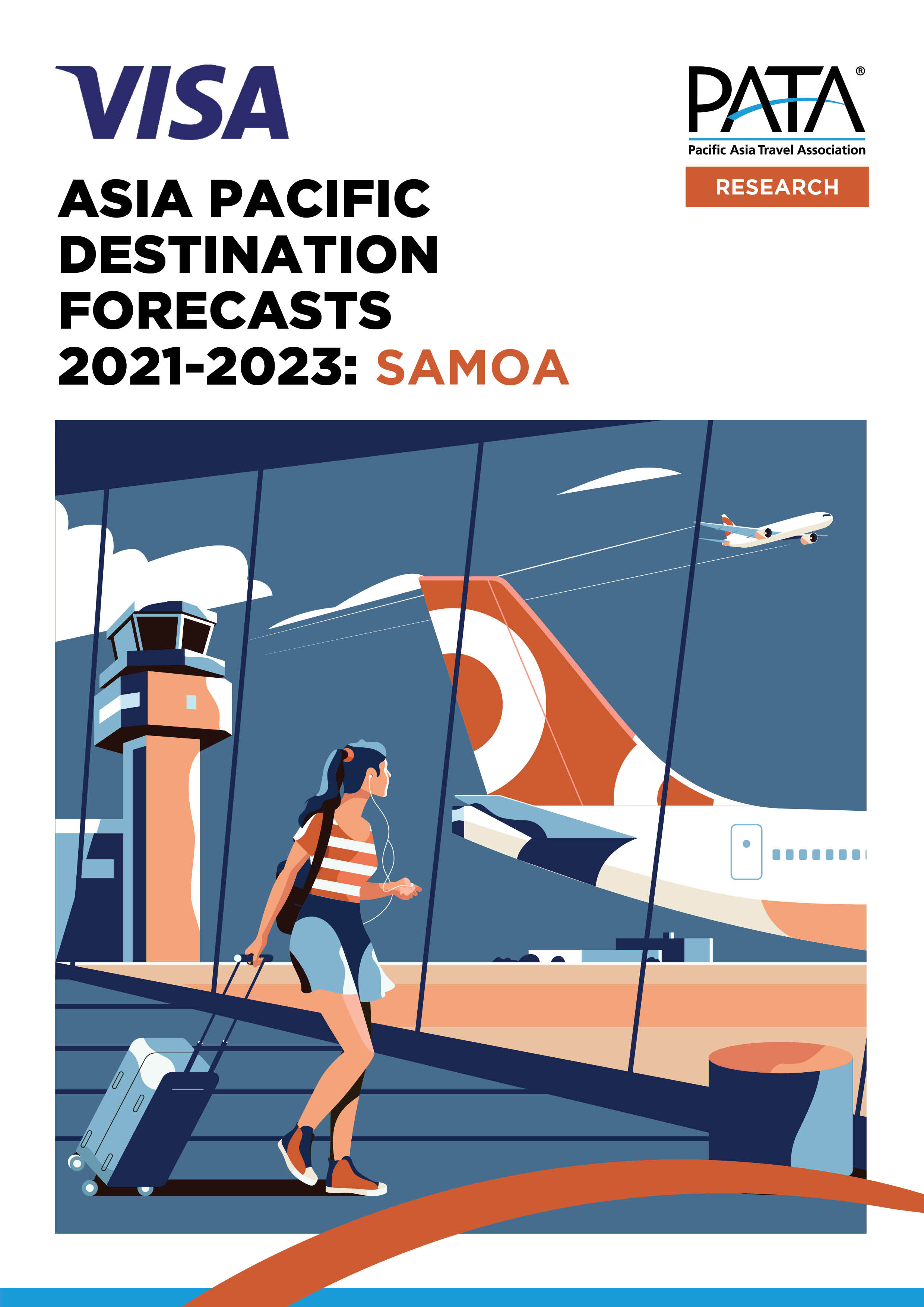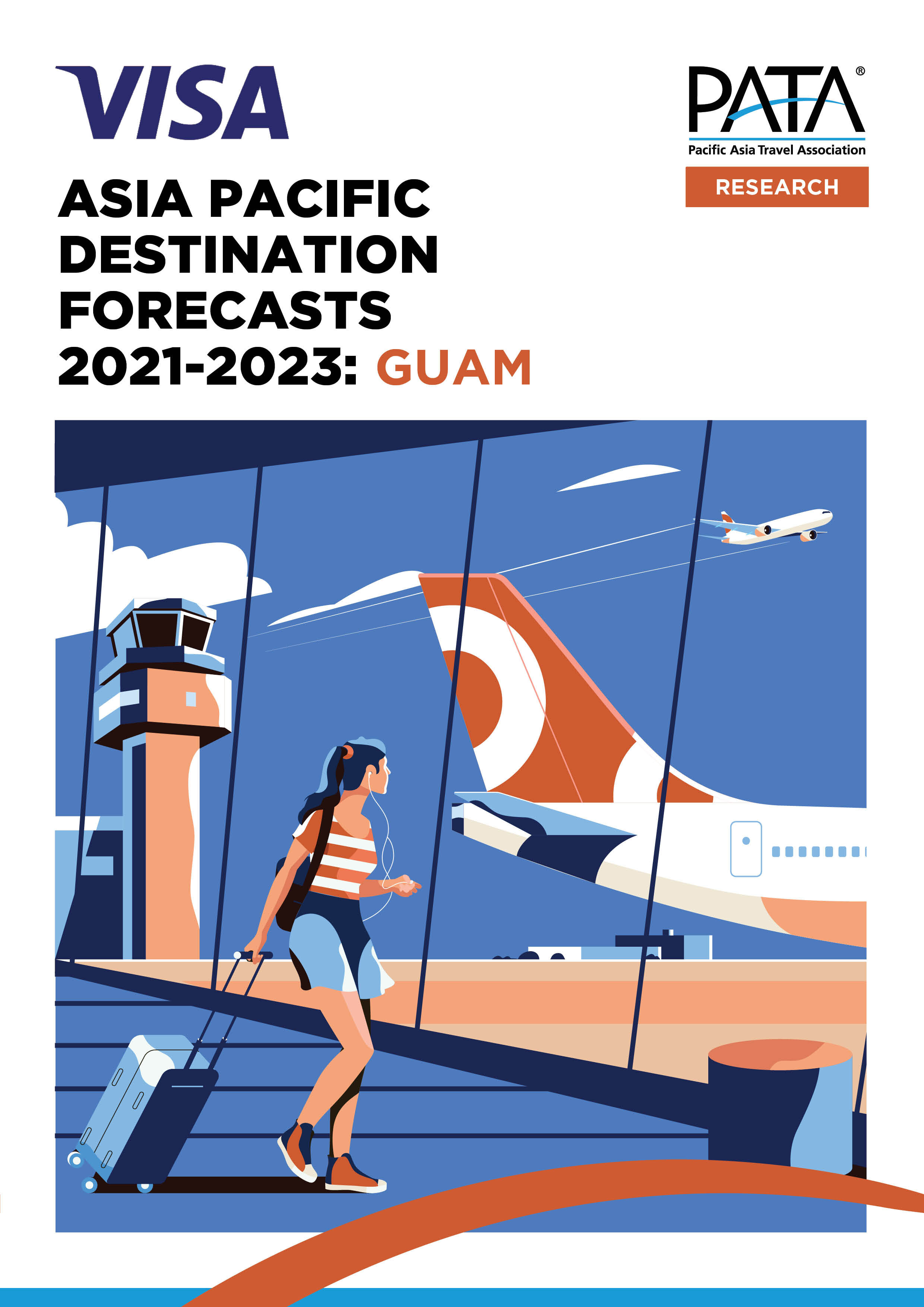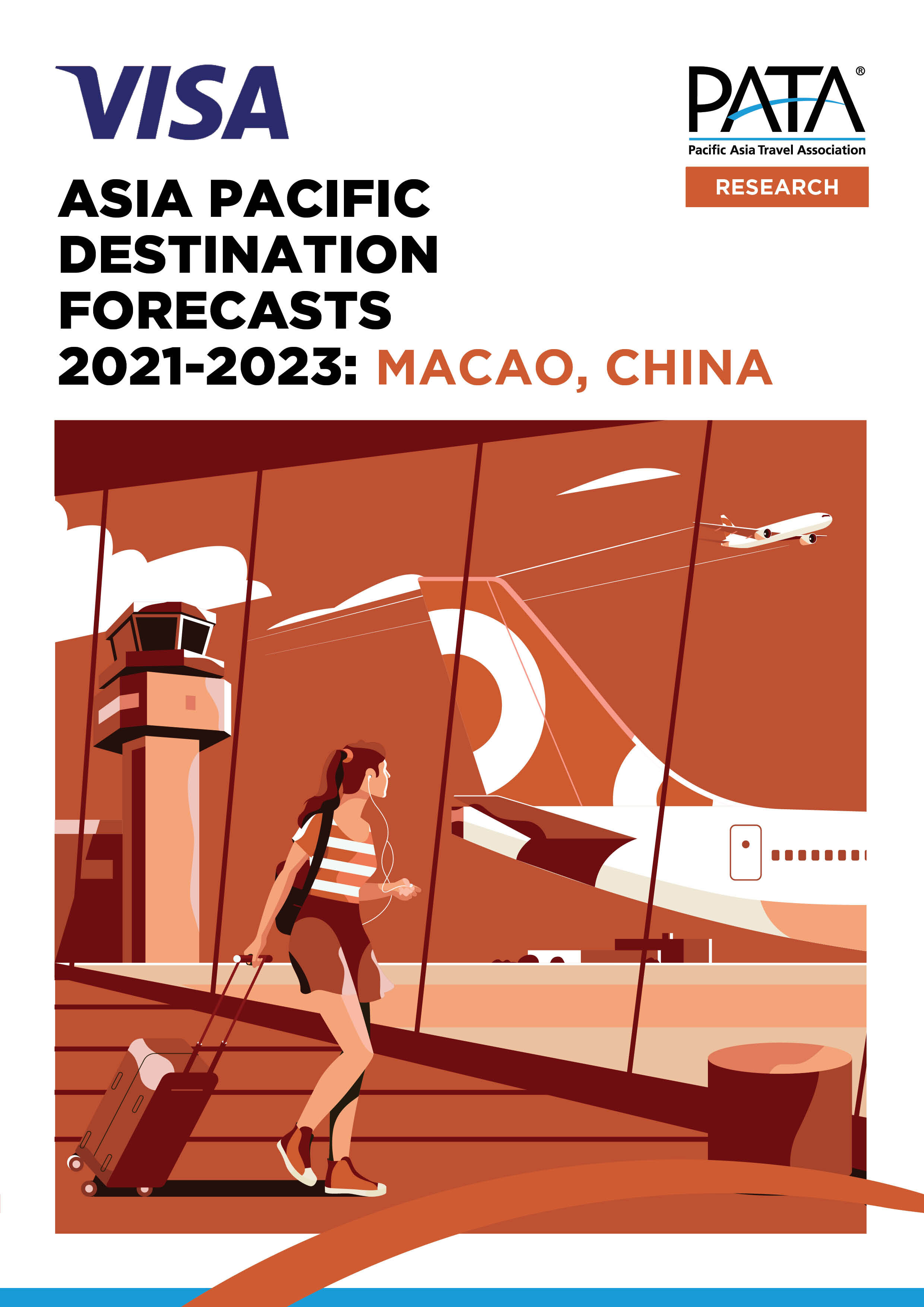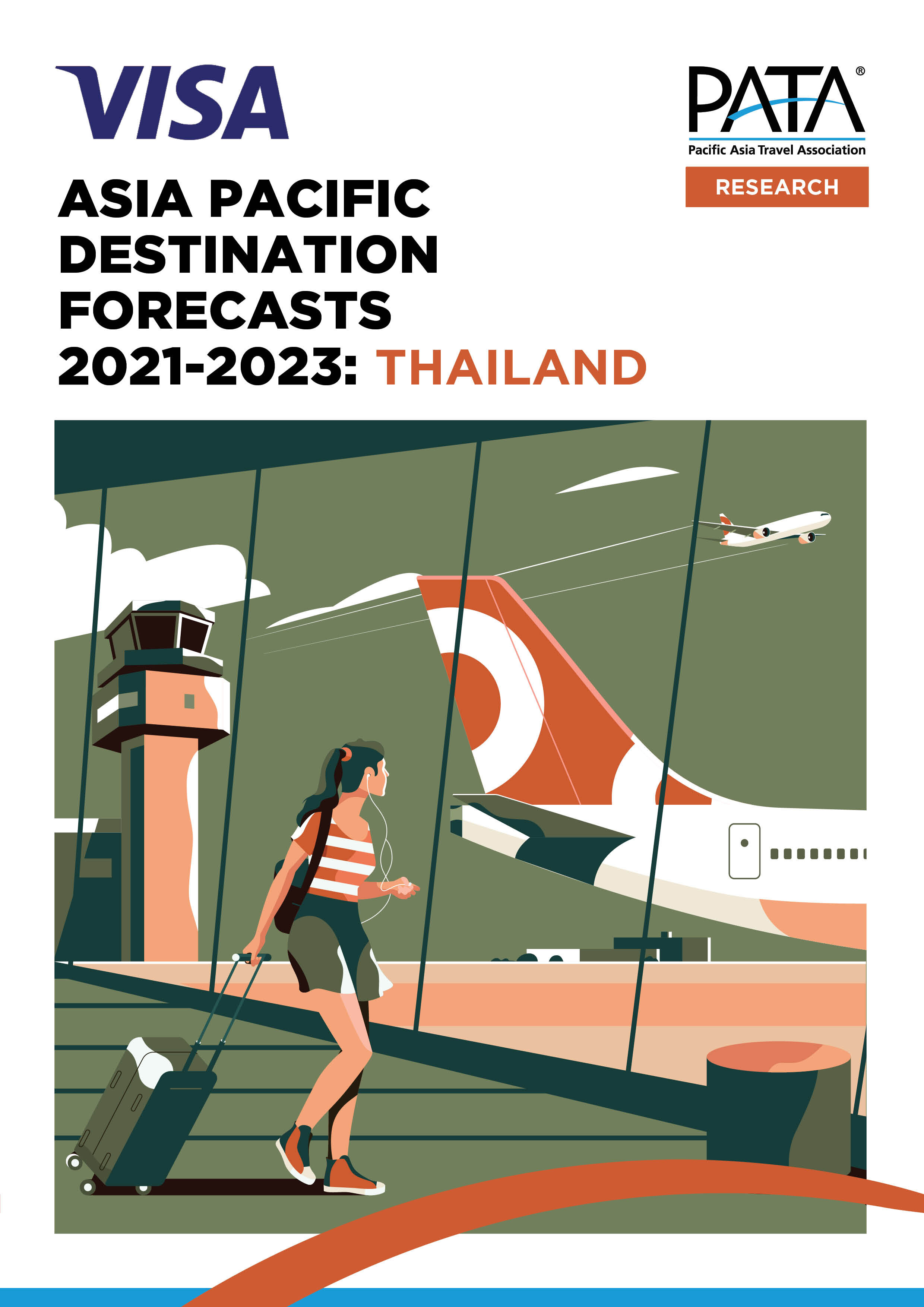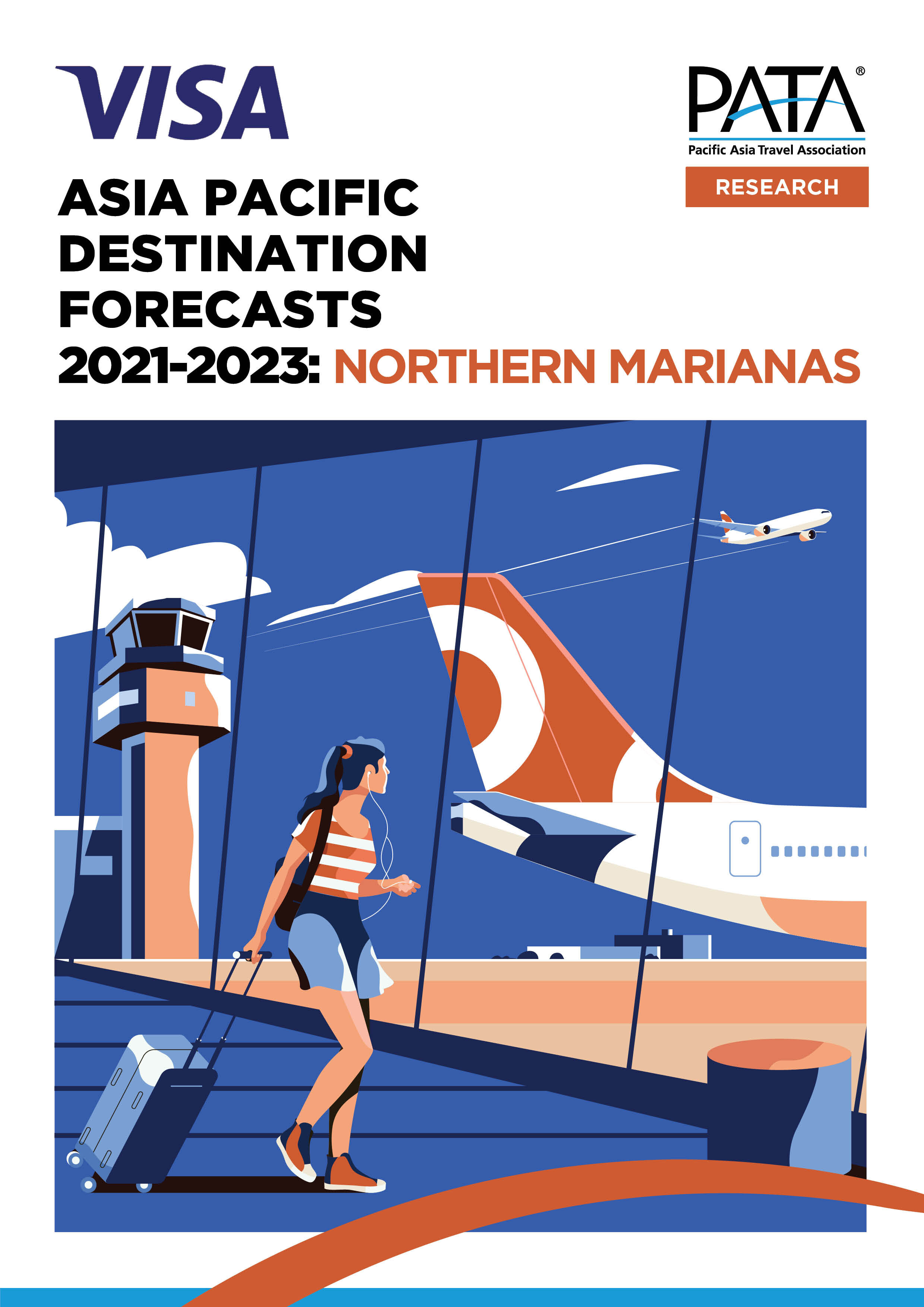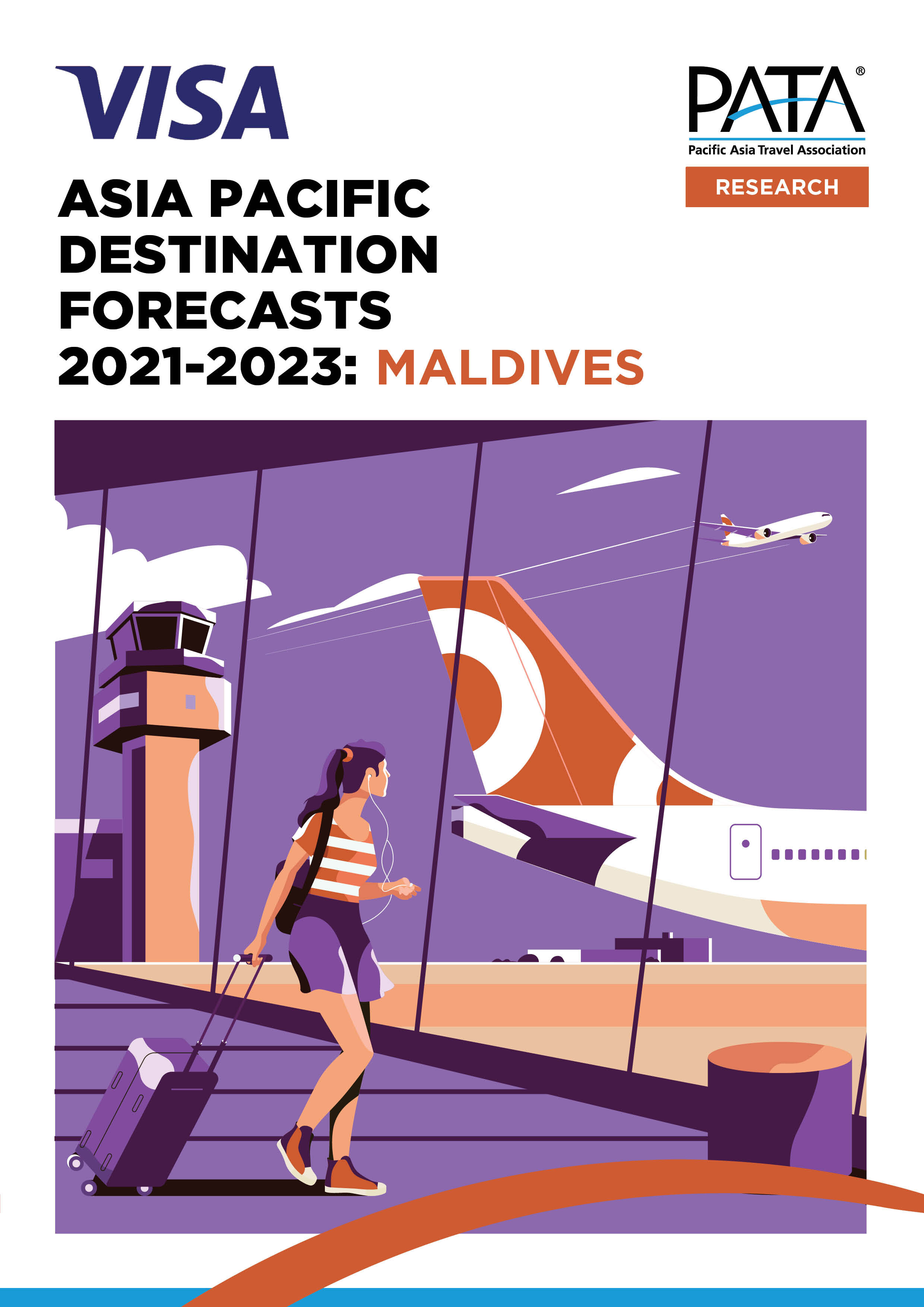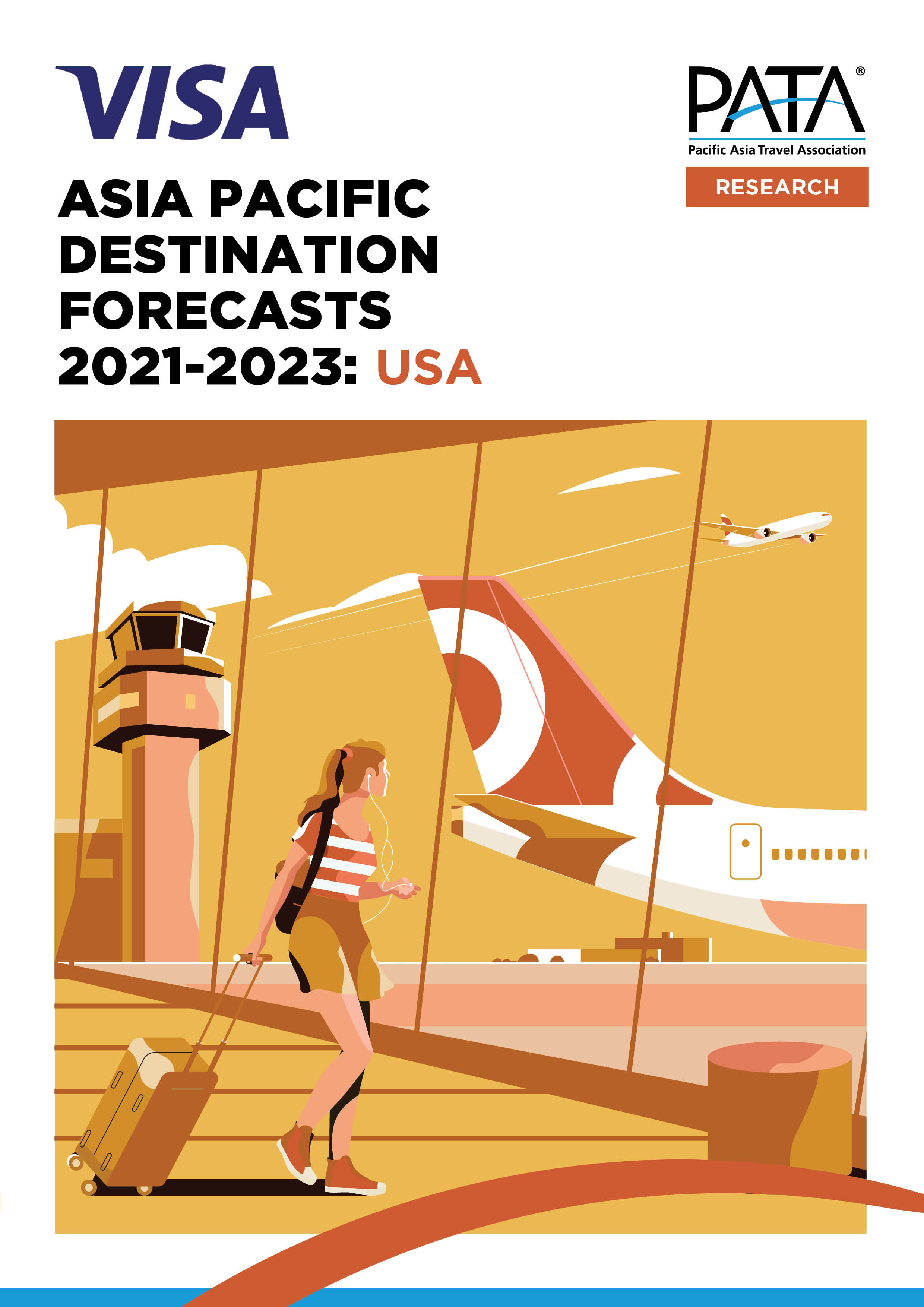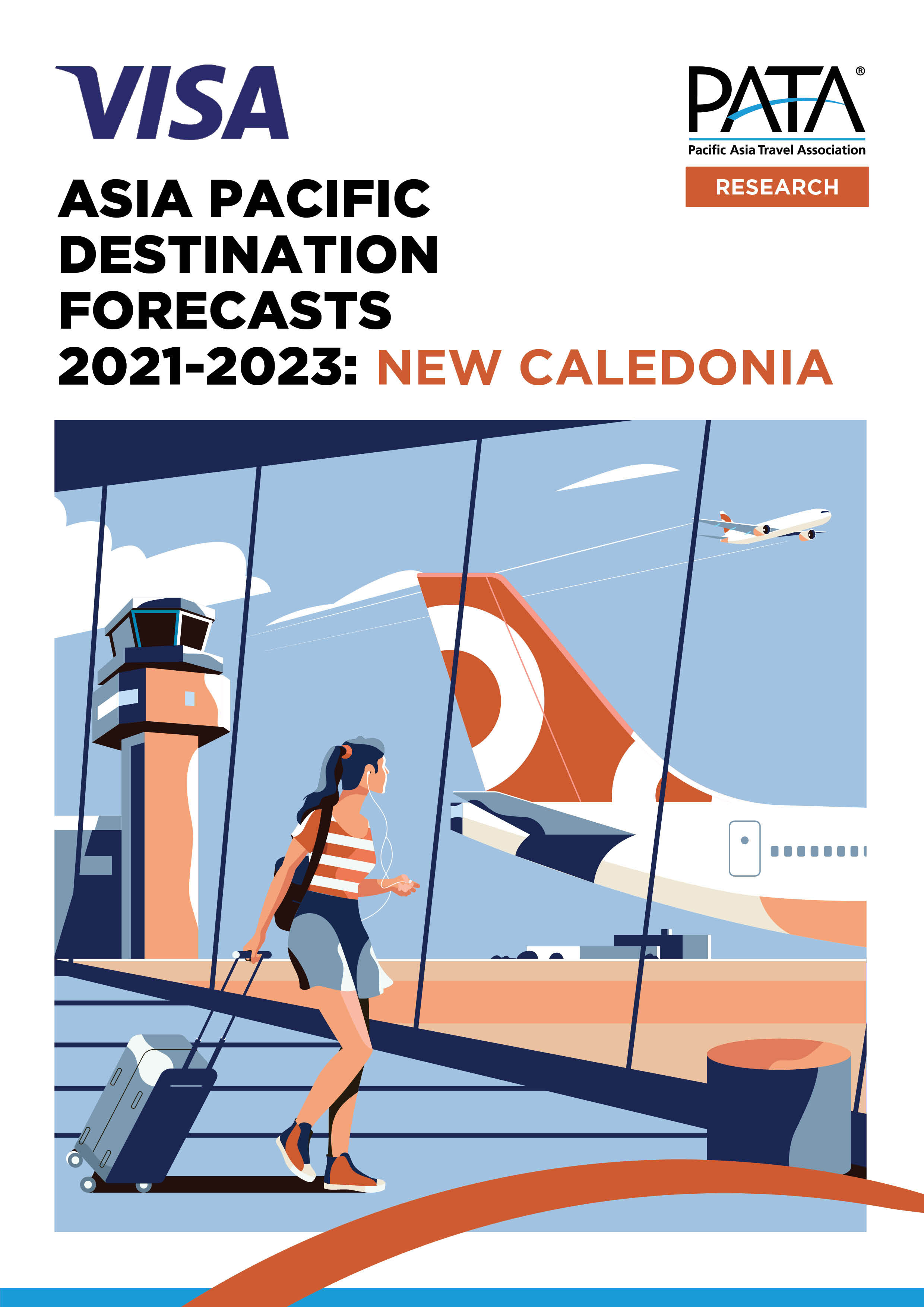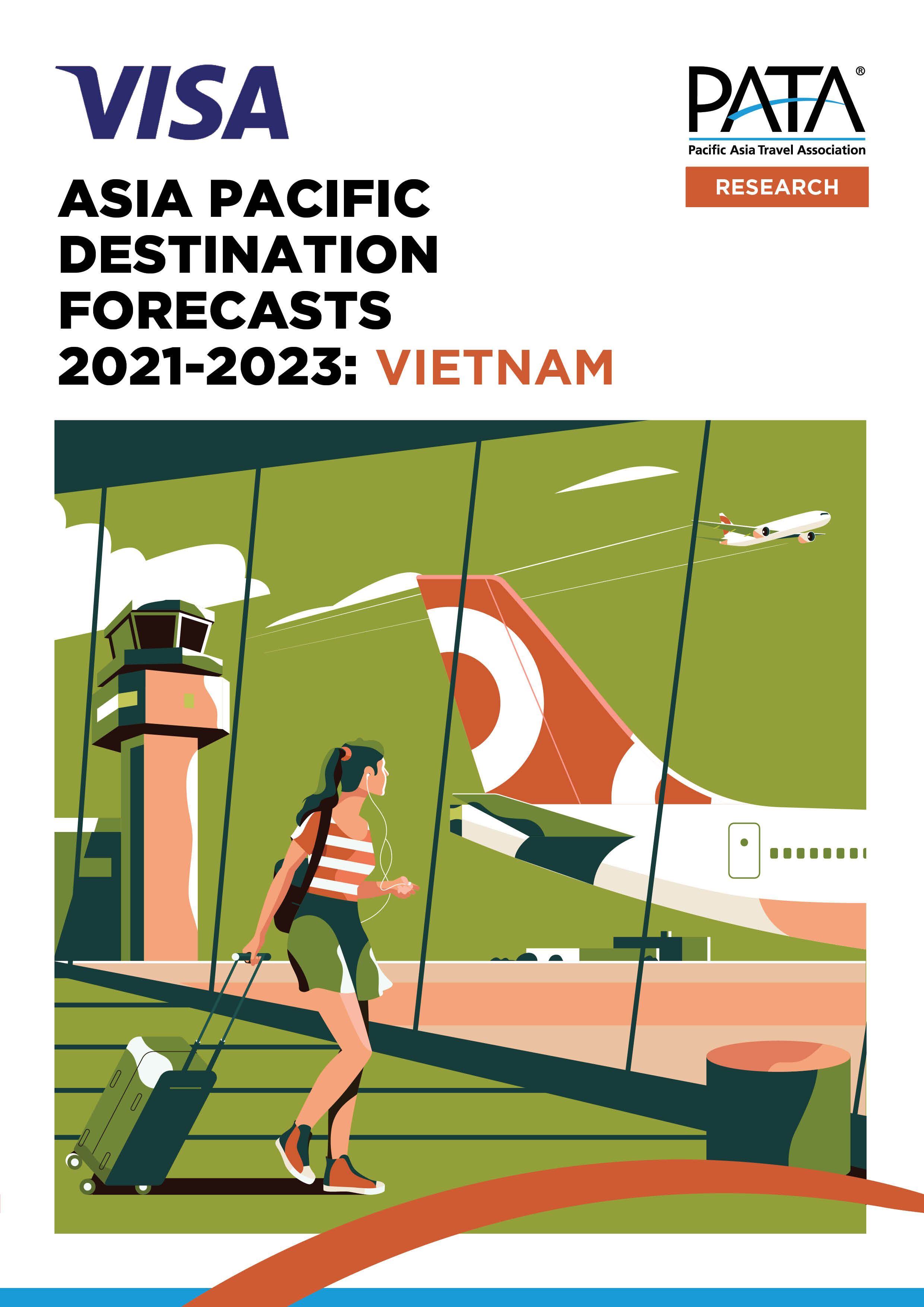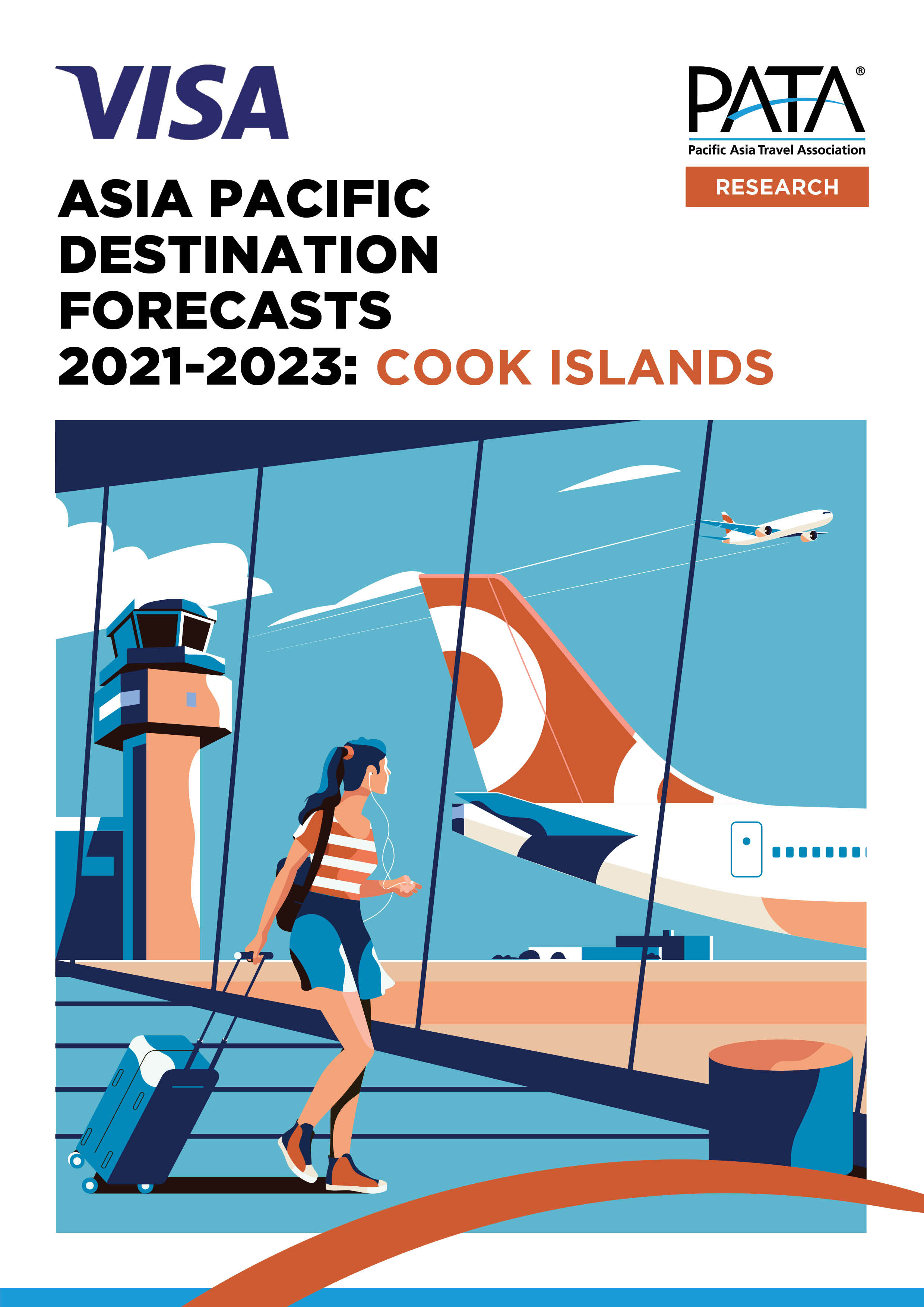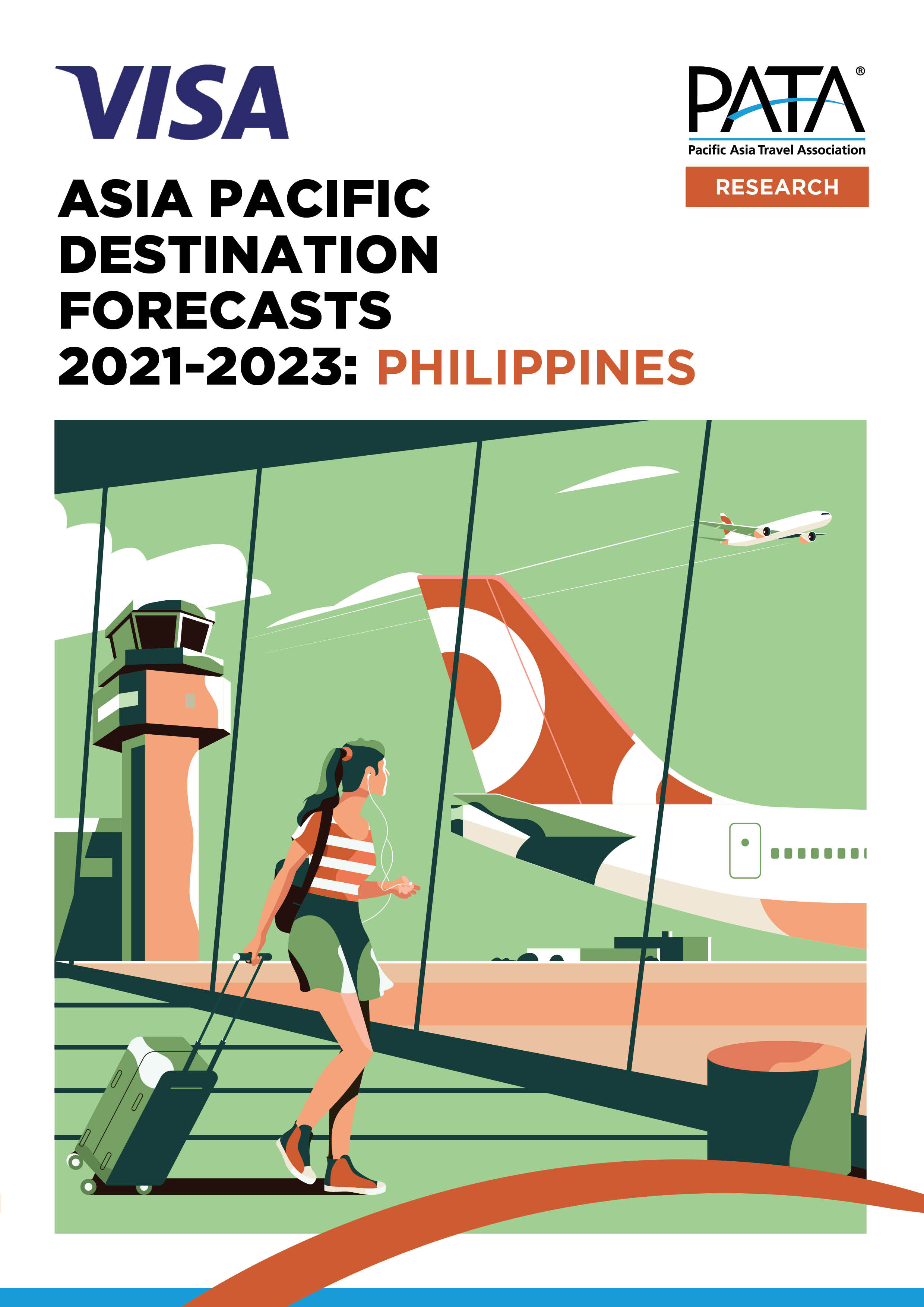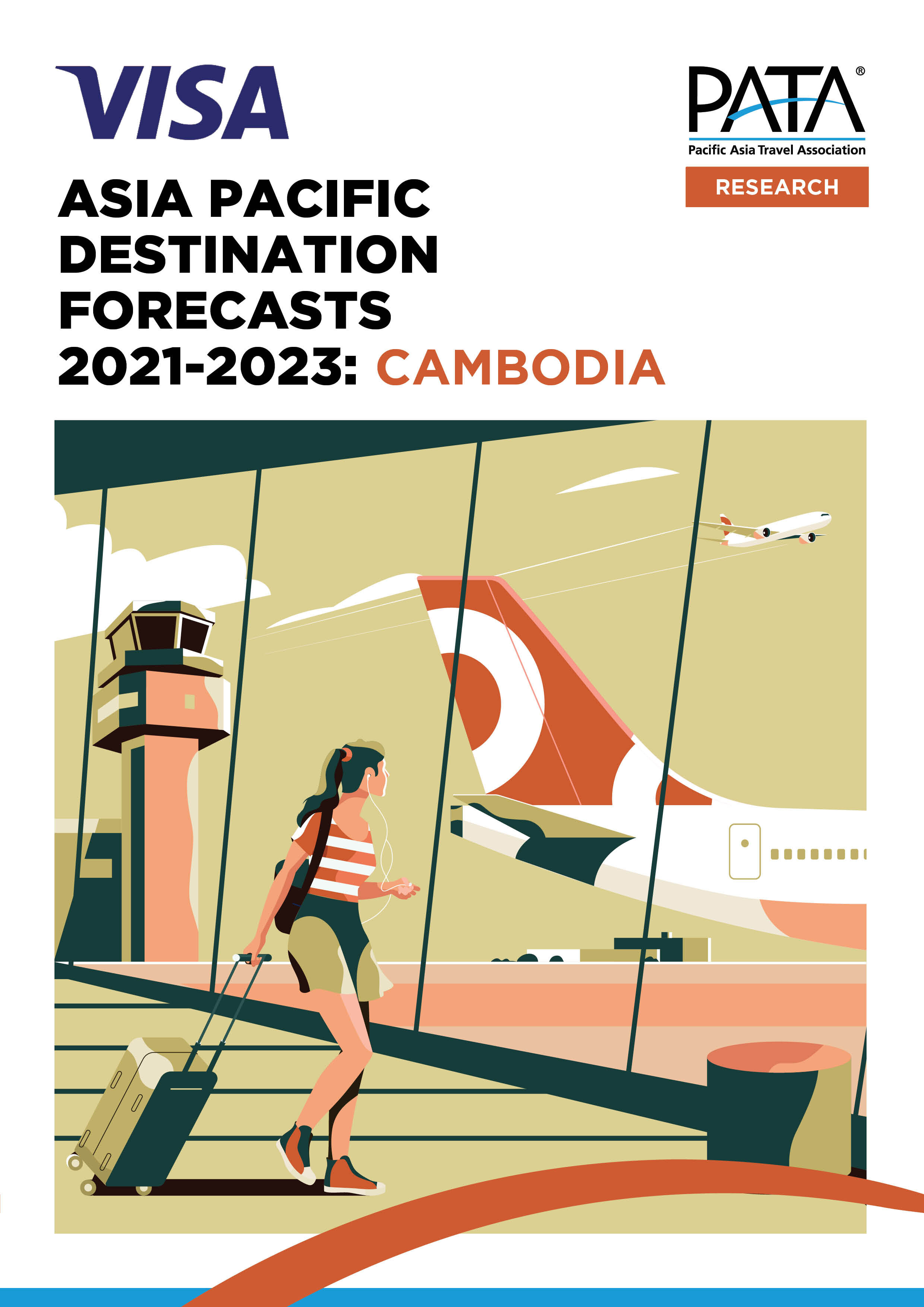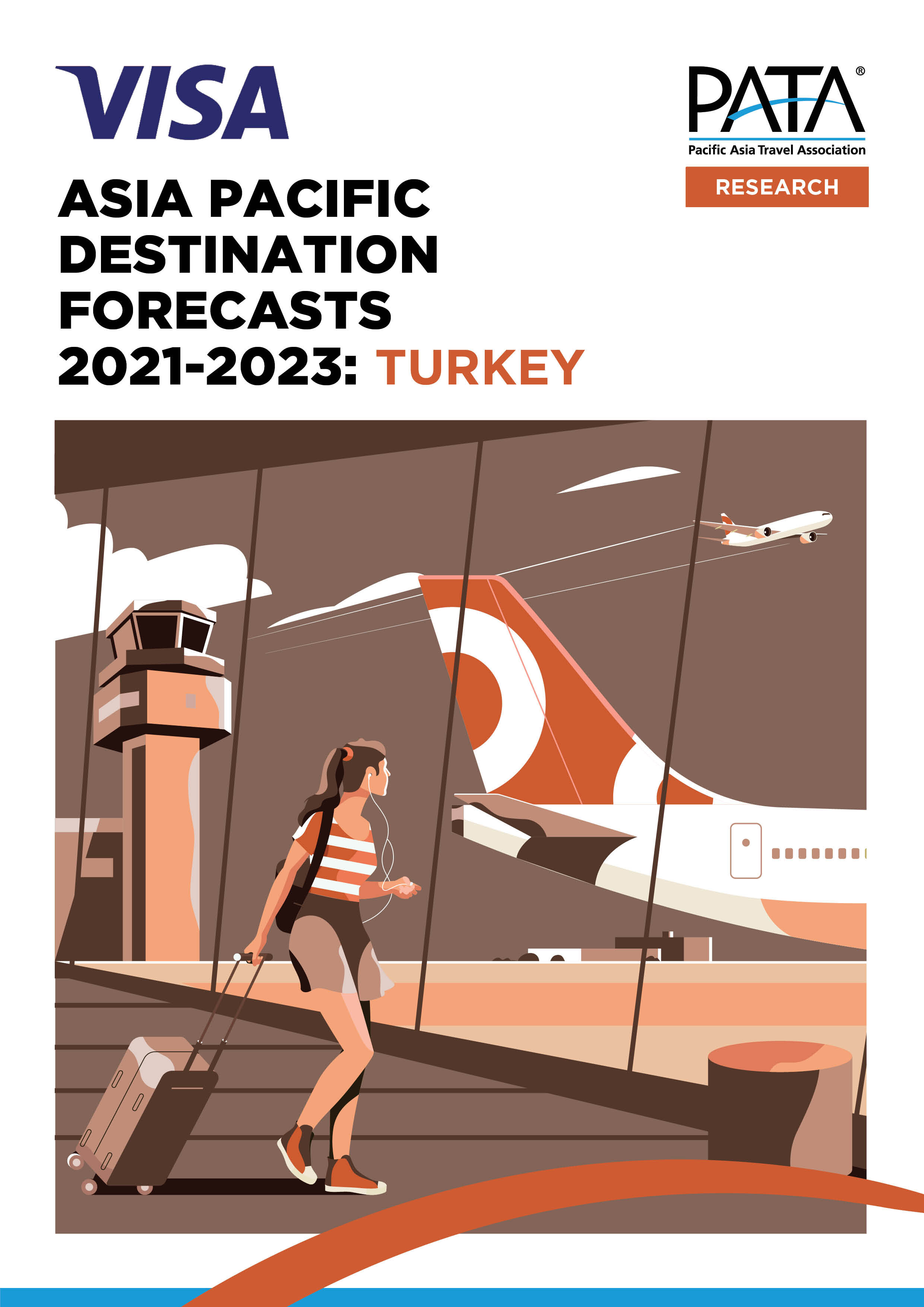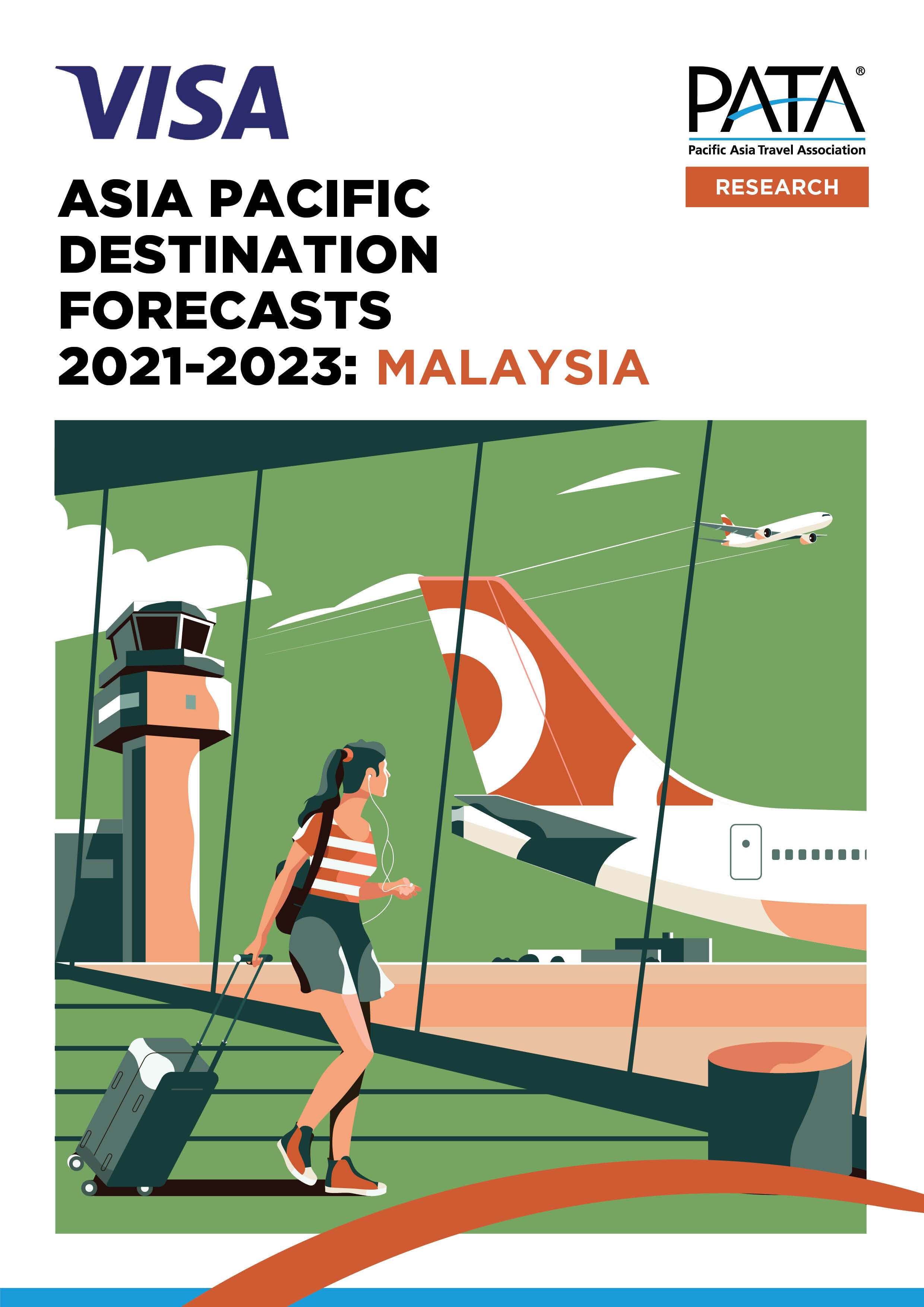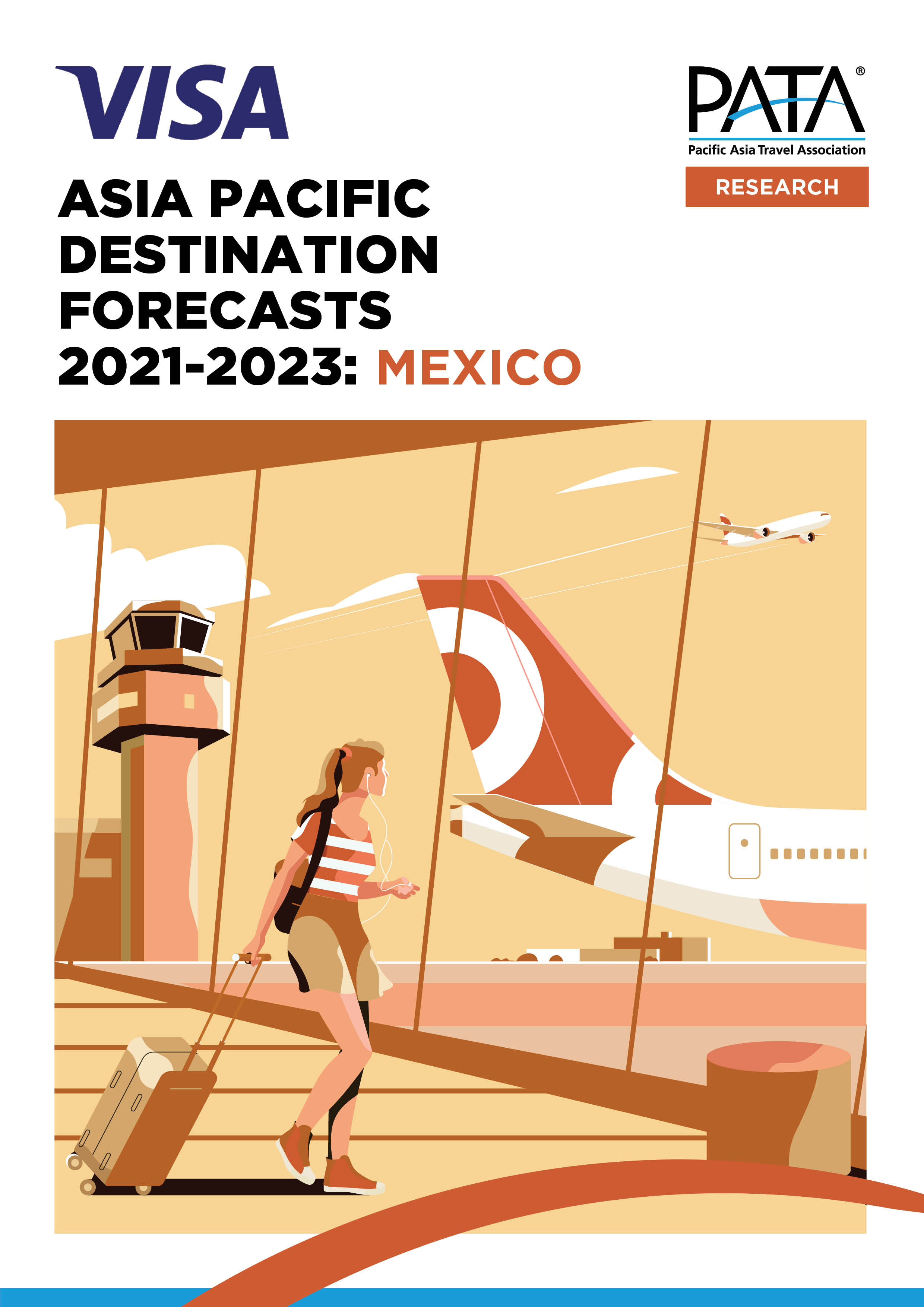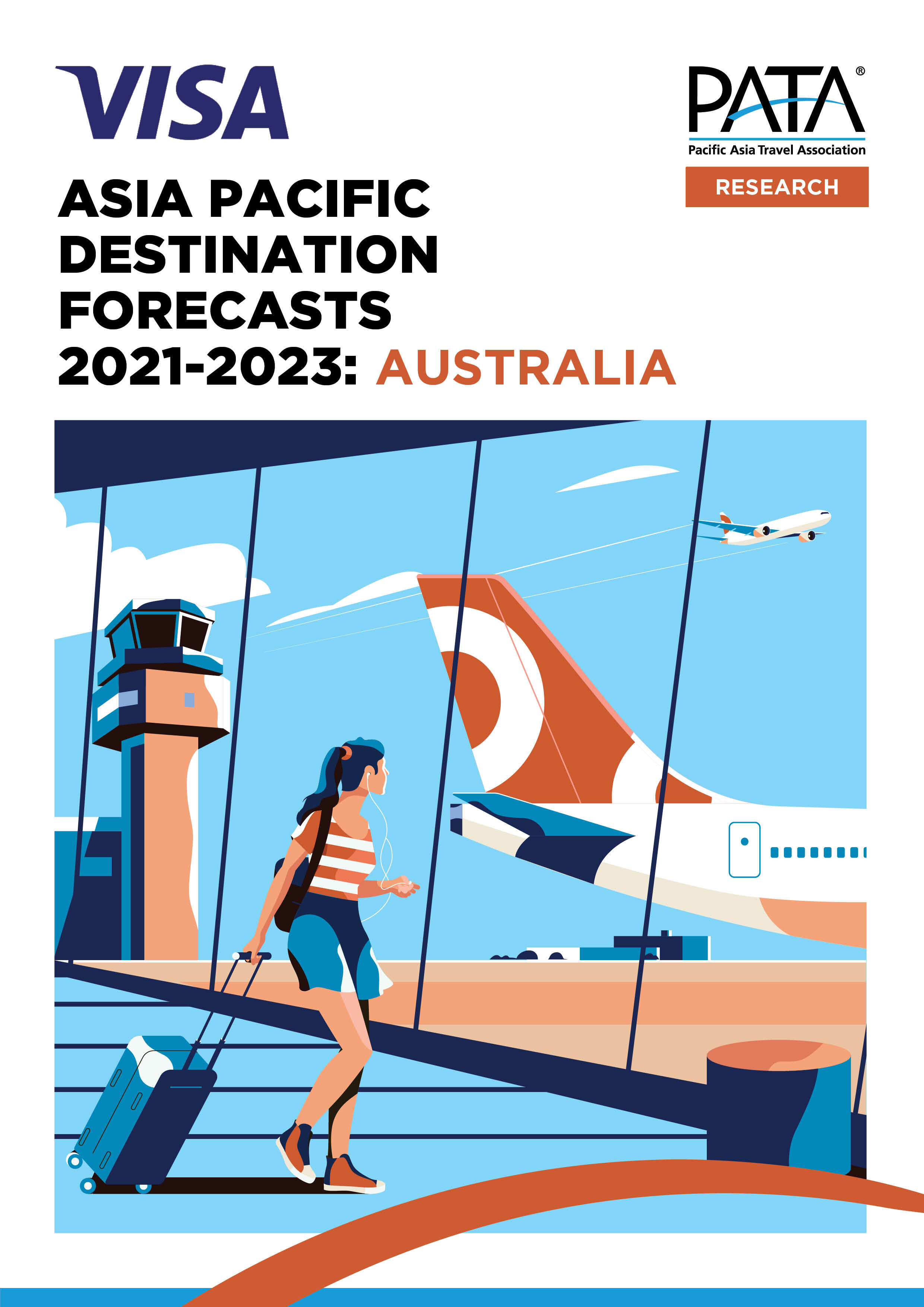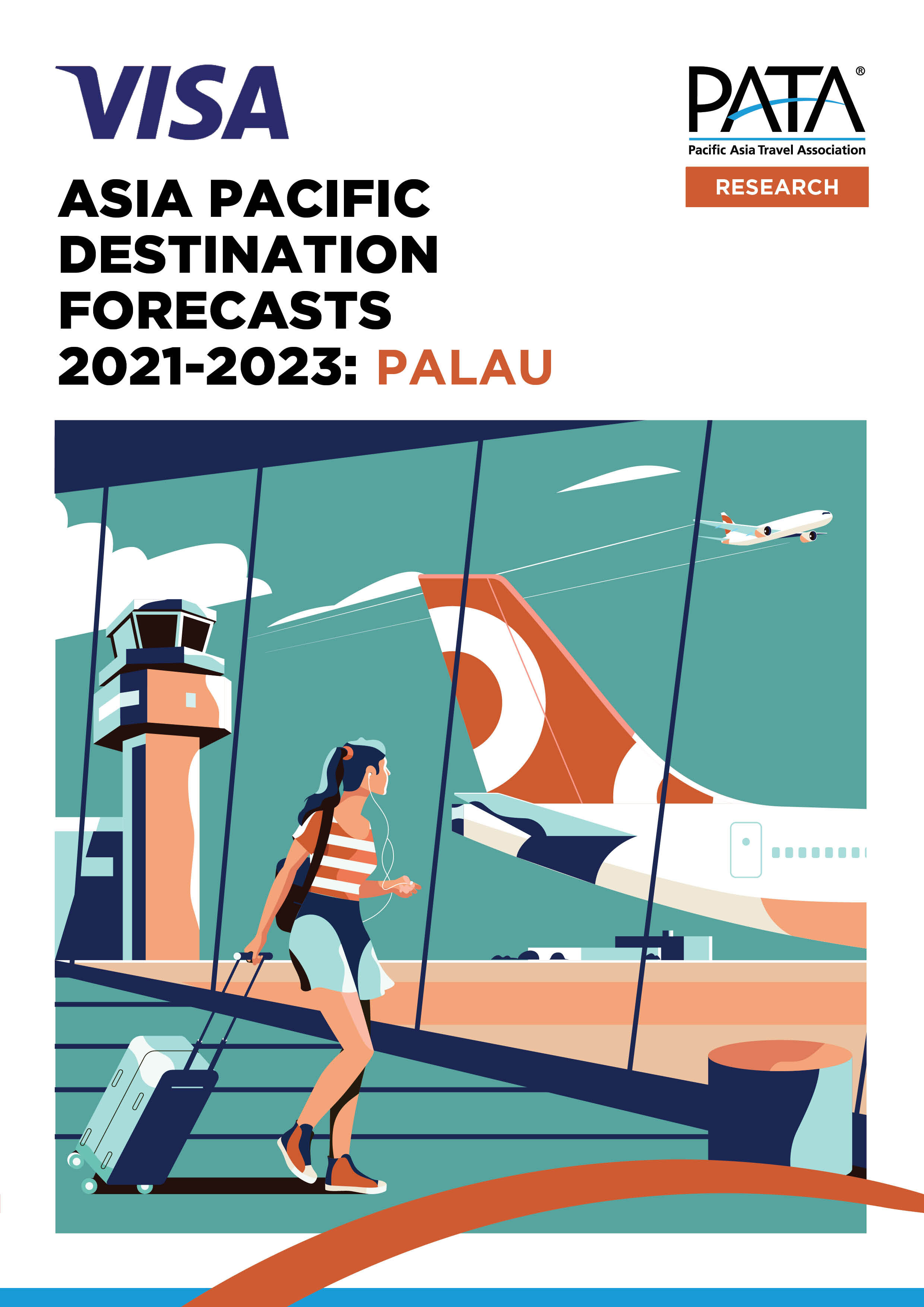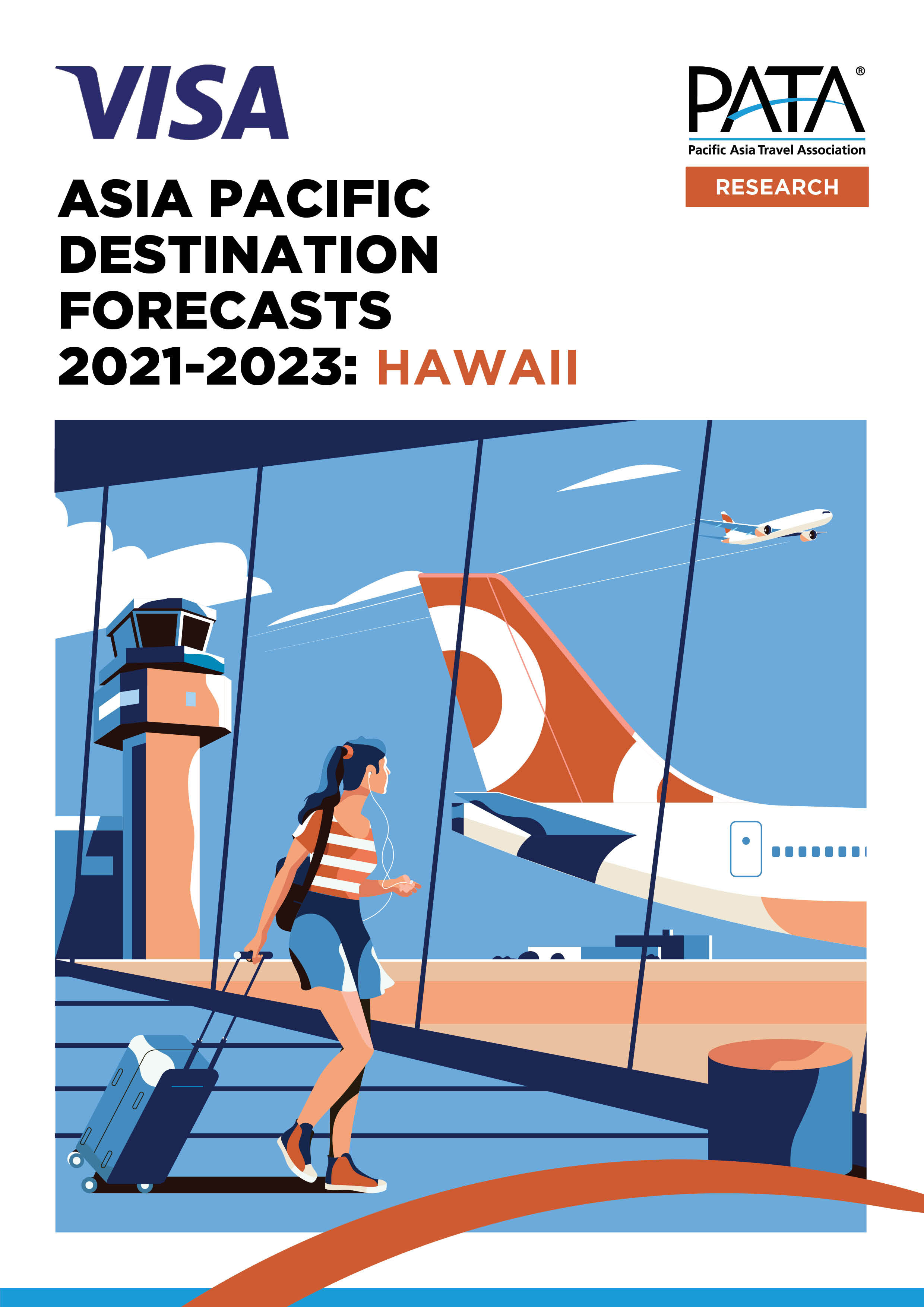Destination Forecasts 2021-2023 (SME Member)
Pricing 1 Members include: Government Level I, Aviation Level I, Partners (except Alliance Partners)
Pricing 2 Members include: Government Level II (NTO & National Allied Partner), Aviation, Enterprise
Pricing 3 Members include: Government Level II (Province/State, Municipal/CVBs & Provincial/State/Municipal Allied Partner), Alliance Partner, EDU, SME, Media, Youth (Paid/ Premium EDU)
Exclusive Sponsor:
Following the release of the “Asia Pacific Visitor Forecasts 2020-2024”, the suite of 39 destination-specific reports that accompanying it have now been updated for three possible scenarios as a consequence of the COVID-19 pandemic. As before, each report delves deeper into the changing dynamics of travel and tourism in and across the Asia Pacific region, but this year, they also contain additional outlooks under each of a Best-, Most Likely- and Worst-case scenario as the pandemic and strategies to contain it play out. Aggregate changes are given under the Best- and Worst-case scenarios while detailed forecasts are shown under the Most Likely scenario.
Each of the 39 reports covers a specific destination in Asia Pacific and individually forecasts:
Annual visitor arrivals into each destination, by source market;
Annual arrivals from the destination across other Asia Pacific destinations; and
Aggregate visitor receipts, where data availability allows.
In addition, each report:
Estimates the income and price elasticities of tourism demand;
Highlights some key visitor trends over the forecast period; and
Analyses scheduled inbound flights and seats.
Each separate element describes and details how demand preferences are shifting across the Asia Pacific region. Scheduled inbound international air seat capacity, for example, shifts relatively quickly according to demand, so understanding where these shifts were occurring for the almost 1.2 billion inbound air seats scheduled for Asia Pacific destinations in 2019[1] is a useful barometer of potential demand that can translate into increased arrivals.
Obviously, with the closure of many international borders as well as airports and the grounding of many commercial aircraft – entire fleets in some cases – these capacity figures are undergoing dramatic changes. Even so, they will most likely rebound slightly ahead of visitor numbers and should be monitored to see when and where such capacity will begin to expand. It could be reasonably expected that intra-regional air capacity will be the first to show substantive growth during the early stages of recovery, so the growth in capacity between regional origins and destinations, for both Legacy and Low-Cost Carriers (LCCs), will be a significant indicator to track.
Similarly, for the elasticities of both income and prices, where the sensitivity of a particular inbound market to price changes in a destination may hold strategic value in determining price-based programs for that inbound market. Income sensitivity also shows how markets may react to changes in their own relative incomes and again provides a metric worth valuing in better understanding a potential source market. Such indicators will be extremely useful in understanding the competitive position of destinations as they pursue recovering source markets in the near future.
While this latest series of reports has been specially designed for use by National Tourism bodies, they also have direct applicability for both inbound and outbound operators as well as suppliers in each destination. Covering 39 distinct markets in the Asia Pacific region, each report provides quantifiable insights into the actual and projected travel flows across the region for use in the strategic and marketing planning processes. They are available to Government Level I, Aviation Level I & II, and Corporate members as a member benefit.
___________________________
[1] From OAG as at March 2020
